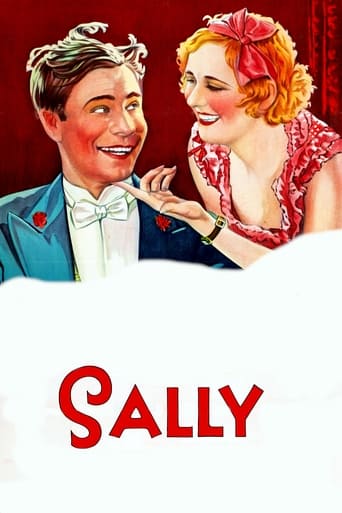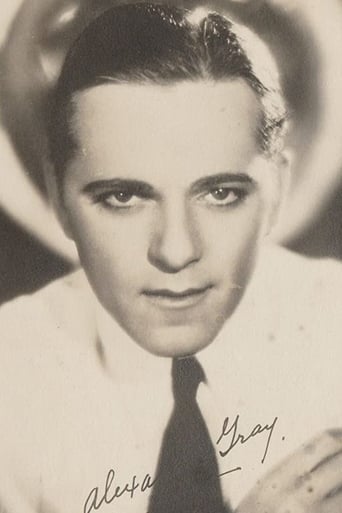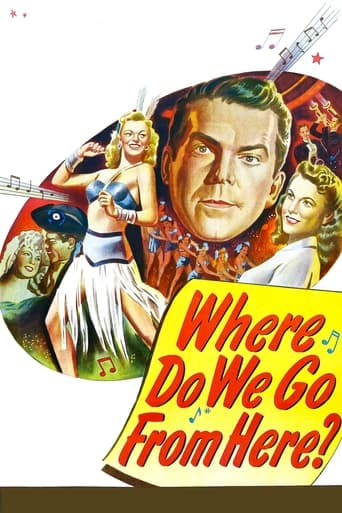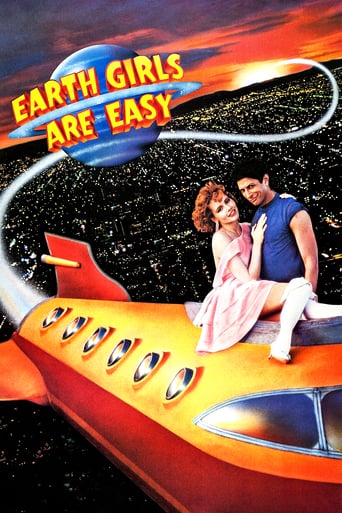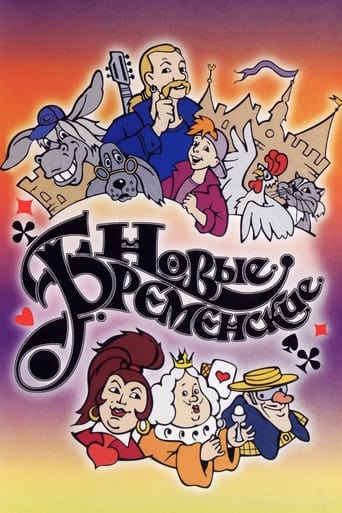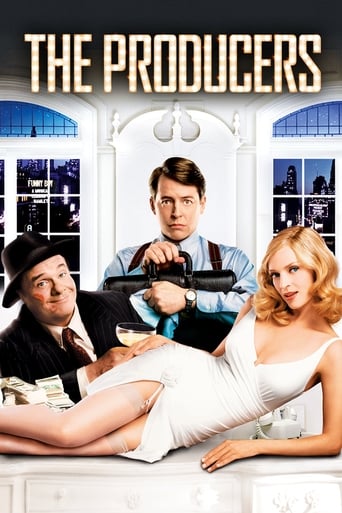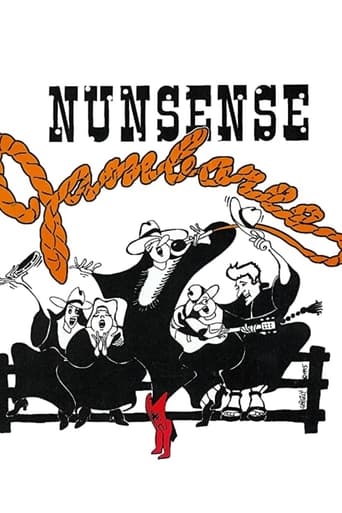Sally (1930)
Sally is an orphan who was named by the telephone exchange where she was abandoned as a baby. In the orphanage, she discovered the joy of dancing. Working as a waitress, she serves Blair (Alexander Gray), and they both fall for each other, but Blair is engaged to socialite Marcia. Sally is hired to impersonate a famous Russian dancer named Noskerova, but at that engagement, she is found to be a phoney. Undaunted, she proceeds with her life and has a show on Broadway, but she still thinks of Blair.
Watch Trailer
Free Trial Channels
Cast


Similar titles
Reviews
Good concept, poorly executed.
everything you have heard about this movie is true.
Although I seem to have had higher expectations than I thought, the movie is super entertaining.
Excellent characters with emotional depth. My wife, daughter and granddaughter all enjoyed it...and me, too! Very good movie! You won't be disappointed.
While dreaming of a Broadway musical career, bubbly blonde dancer Marilyn Miller (as Sally Bowling Green) works as a New York waitress. One busy day, Ms. Miller becomes love-stricken with handsome passer-by Alexander Gray (as Blair Farrell). Likewise interested and obviously well-heeled, Mr. Gray is unfortunately engaged to another woman. Nevertheless, they begin a courtship. Miller tells Gray about her lowly orphan past and high aspirations. Gray tells Miller to "look for the silver lining." Miller is also encouraged by wise-cracking waiter Joe E. Brown (as Connie). Later, Miller's impersonation of a Russian diva helps put her on the road to stardom...Produced by Florenz Ziegfeld Jr., the Cinderella-like "Sally" (1920-1922) was a huge Broadway success for Miller. With this show, plus her high-profile 1922 marriage to Hollywood royalty (Mary's brother Jack Pickford), Miller was a big star before she ever made a motion picture. Reportedly, the Pickfords did not get Miller in the movies earlier because they felt her skills were not flattered by the silent movie medium; this is evident. "Sally" (also a re-make of the hit 1925 "silent" version starring Colleen Moore) was a top-line production, in full Technicolor. Gray sounds great as Miller's leading man and Brown is a best supporting actor - even without kissing T. Roy Barnes...Unless more is found, only a rough black-and-white print of "Sally" survives. The only color portion available has most of Miller's "Wild Rose" dance and a small portion of Mr. Brown's subsequent scene. These brief color minutes indicate the whole work was visually quite appealing. However, the staging and plot are not spectacular. Miller's dancing is a highlight. Probably, she would have been a bigger musical movie star in the 1940s. Her great comic "pas de deux" with Brown makes one long for other Miller dance team-ups. Jerome Kern's music is most memorable. "Look for the Silver Lining" became a #1 million-selling hit song in 1921, and a standard thereafter.****** Sally (12/23/29) John Francis Dillon ~ Marilyn Miller, Alexander Gray, Joe E. Brown, T. Roy Barnes
Marilyn Miller was the most famous Broadway musical star of the early part of the last century - too bad for most of us she died so young. She made three motion pictures in the late 20's/early 30's which survive and can give us an indication of what made her such an acclaimed talent.In 1929 she made "Sally" for First National (forerunner of Warner Bros.) in which she recreated one of her stage triumphs. It is good and with some competent back-up supporting actors, but I would say it is an incomplete document if one is trying to 'discover' Marilyn Miller. The story is familiar, about a waitress looking for her big show biz break with a romantic side-story, and she shows her star appeal as a passable singer, a better actress and an even better dancer. She is pretty in a familiar sort of way, but she wins you over with her vivacious, cheerful demeanor. The website rating is about right, and you get the feeling that being captured on film in an unremarkable story doesn't do her justice. I haven't seen her other films but I am reasonably certain that they do not capture the full impact of this legendary performer, either. I guess we'll just have to rely on historical sources and those three films.
SALLY (First National Pictures, 1929), directed by John Francis Dillon, from the Florenz Ziegfeld musical-comedy, introduces stage star Marilyn Miller (1898-1936) to the screen in a role for which she's most principally linked. Although Miller originated "Sally" on Broadway in 1920, it was Colleen Moore who originated the role on screen in the 1925 silent comedy for First National with Leon Errol (who appeared opposite Miller on Broadway) and Lloyd Hughes. For Miller's motion picture debut, her introduction comes with a close up of her feet doing ballet steps before the camera follows them walking over the next table where Sally (in full focus) is seen carrying a tray of food to her next customer. Produced in two-strip Technicolor, with choreography by Larry Ceballos, SALLY is a prestigious start to Miller's short-lived Hollywood career.The story revolves around Sally Green (Marilyn Miller), a young woman raised in an orphanage now earning a living as a waitress at a crowded New York City restaurant, whose one ambition is to become a dancer. After Sally makes an impression on Otis Hooper (T. Roy Barnes), a theatrical agent dining with Rosie (Pert Kelton - almost unrecognizable as a brunette), she loses her chance as well as her job when she accidentally spills a tray of food all over him. Sally acquires another job waiting on tables at the Elm Tree Inn managed by "Pops" Shendoroff (Ford Sterling), with Connie (Joe E. Brown), formerly Constantine, Grand Duke of Checkercovinia, working as a waiter. Sally soon makes the acquaintance of Blair Farell (Alexander Gray), the son of an aristocratic father (E.J. Ratcliffe) who arranged for him to marry socialite Marcia Ten Brook (Nora Lane). Blair, who had earlier noticed Sally through the window of the restaurant, takes an interest in Sally and arranges to have Schendorff dance for the customers, one of them being Otis Hooper. Hooper later encourages Sally to perform at Mrs. Ten Brook's (Maude Turner Gordon) garden party, which she does, under the guise of Madame Noskerova, the famous Russian dancer, at the same time Connie makes his grand entrance as the Grand Duke. When Schendorf gives away their identities, Mrs. Ten Brook orders Sally to leave, which she does after hearing Blair's announced engagement. Although Sally achieves stardom dancing for the Ziegfeld Follies, she finds she's unable to forget about Blair. With music and lyrics by B.G. DeSylva, Al Dubin, Joe Burke, Clifford Grey and Jerome Kern, the musical program is as follows: "Look For the Silver Lining" (sung by Alexander Gray and Marilyn Miller); "Sally" (sung by Alexander Gray); "Look For the Silver Lining" "Sally" and "Look For the Silver Lining" (danced by Miller and Joe E. Brown); "If I'm Dreaming, Don't Wake Me Too Soon" (duet by Miller and Gray); "Walking Off These Balkan Blues" (danced by Joe E. Brown); "All I Want to Do Do Do is Dance" (sung by Miller); "Wild Rose" (sung by Miller and male chorus); "If I'm Dreaming, Don't Wake Me Too Soon" (reprise by Miller and Gray); Russian dance number performed by the Albertina Rasch Ballet; and "Broadway Follies" instrumental ballet/ dance numbers (performed by Miller).With SALLY available in black and white format, only the "Wild Rose" dance sequence survives in its original, yet slightly fuzzy, Technicolor form. The song, "Look for the Silver Lining," most associated with Miller, was used as the title to a Warner Brothers 1949 bio-pic starring June Haver as Marilyn Miller. If the score to "If I'm Dreaming" sounds familiar, it was used for a dance sequence between Douglas Fairbanks Jr. and Glenda Farrell in the gangster classic, LITTLE CAESAR (1930) starring Edward G. Robinson. Alexander Gray, a deep voice baritone, notable for his screen teaming with Bernice Claire in early Warners musicals of 1929-30, is acceptable as the leading man, though wasn't quite the type to survive the movie medium to the next decade. Joe E. Brown, still early in his career before starring in his own comedies, has little opportunity being funny but does provide some highlights, including a comedy dance with Miller, and another as a waiter escorting an old man (Jack Duffy) and his young date (Ethel Stone) up a latter to their table with a view, proving to be troublesome for all. As for Marilyn Miller, she would follow SALLY with more singing, dancing and romancing with SUNNY (1930) and HER MAJESTY, LOVE (1931) before returning to Broadway. Of the three, SALLY is most acceptable mainly for being a recorded document of her stage play, while SUNNY, another screen adaptation, disappoints for anyone who had seen the stage version to find much of the original score missing from the final print. HER MAJESTY, LOVE, intended to be something original, offered nothing new in the genre of sophisticated director, Ernst Lubitsch.With so many 1929-30 musicals currently lost or incomplete, SALLY was fortunate to have survived intact at 100 minutes, even without the color. Unavailable for viewing since its initial theatrical release, SALLY made it to television on Turner Classic Movies in August 1994, where this and other Marilyn Miller musicals enjoyed occasional revivals for the next few years. (***)
Many years ago I heard a recording of a wobbly voiced singer by the name of Marilyn Miller that seemed to belie her reputation as one of the brightest lights that ever shone on Broadway.A few years ago, Turner Entertainment released the remains of what's left of a primitive early talkie called SALLY. SALLY was a legendary stage show first produced by Ziegfeld in 1919, representing Miss Miller's greatest triumphs. In 1929, she was given the opportunity to preserve her performance in this oversized adaptation.The entire film was shot and released in 2-color Technicolor, and this process apparently had the by-product of enhancing the range of the sound.The film is undeniably dated. It lacks rhythm that later films would quickly master. What is thrilling and fascinating is to watch this great star, Marilyn Miller, in action. Her greatest asset was her dancing, though even that wobbly voice has its charms.The film is in woeful need of restoration. That said, it is pretty much all there. Provided the viewer is able to make the leap of faith in understanding that it a technological dinosaur, you can settle in and luxuriate in witnessing something like an authentic classic Ziegfeld show.

